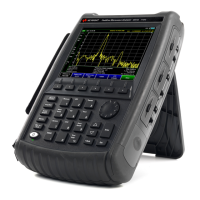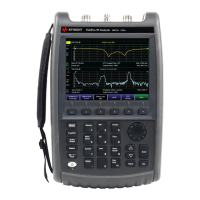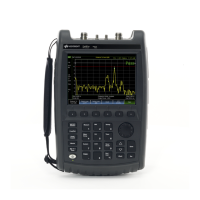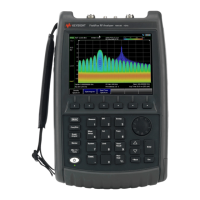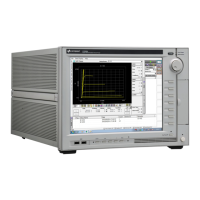554 Keysight N9927-90001 User’s Guide
Noise Figure Mode (Option 356 – CPU2 Only)
How to Define a Noise Figure Measurement
How to Define a Noise Figure Measurement
The Option 356 Noise Figure mode uses the Y-factor method to calculate the
noise figure.
This section contains the following:
— “Example: Typical Noise Figure Measurement Procedure” on page 554
— “Overview of Softkey Menus” on page 555
— “How to Use DUT Measurement Setups” on page 562
— “Single / Continuous / Restart” on page 574
— “Points ” on page 574
— “Resolution Bandwidth (Res BW)” on page 575
— “Alignments” on page 575
— “Calculating Noise Figure Measurement Uncertainty” on page 576
— “Using ENR Tables” on page 581
— “Using Markers (Noise Figure)” on page 584
Example: Typical Noise Figure Measurement Procedure
This section briefly reviews the steps in setting up a noise figure measurement.
If you are not familiar with this process or would like more information, refer to
“Overview of Softkey Menus” on page 555 and “How to Use DUT
Measurement Setups” on page 562.
1. Set up a Noise Source ENR Table:
(Meas Setup
> Noise Source > ENR Table Edit/Save/Recall).
2. Set the resolution bandwidth: BW
> Res BW
3. Set the frequency range: Freq/Dist >
— Start
,
— Stop
,
— Center
, and
— Span
4. Set the number of points: Sweep > Points (minimum = 3 points, maximum
= 1001 points, default = 21)
5. Use Meas Setup
> Integration Setup Integration (See also “How to use
Auto-Integration” on page 588.)
— Max. Time/Pt.
(Available when Mode = Auto) or
— Time/Pt.
(available when Mode = Fixed)
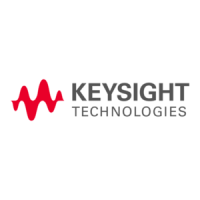
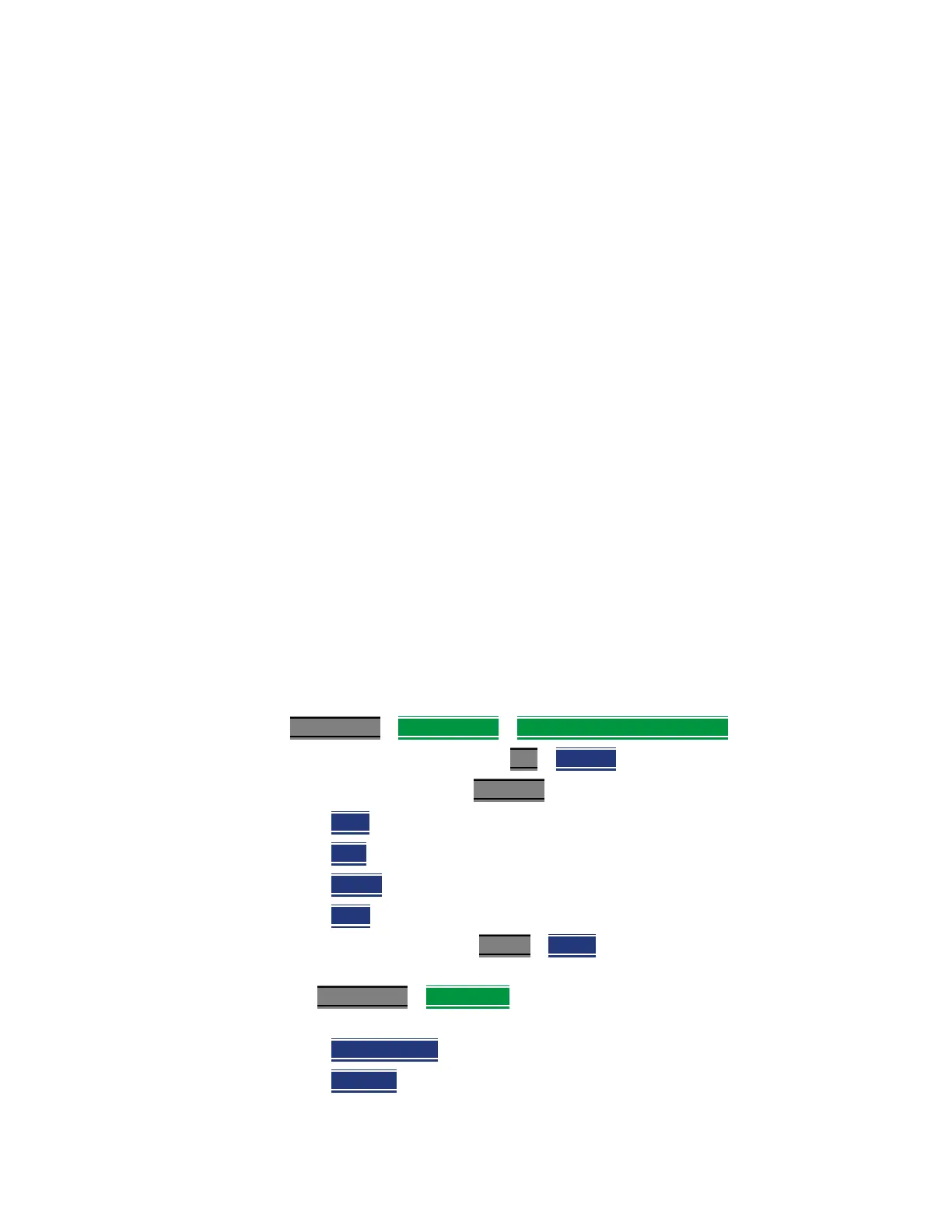